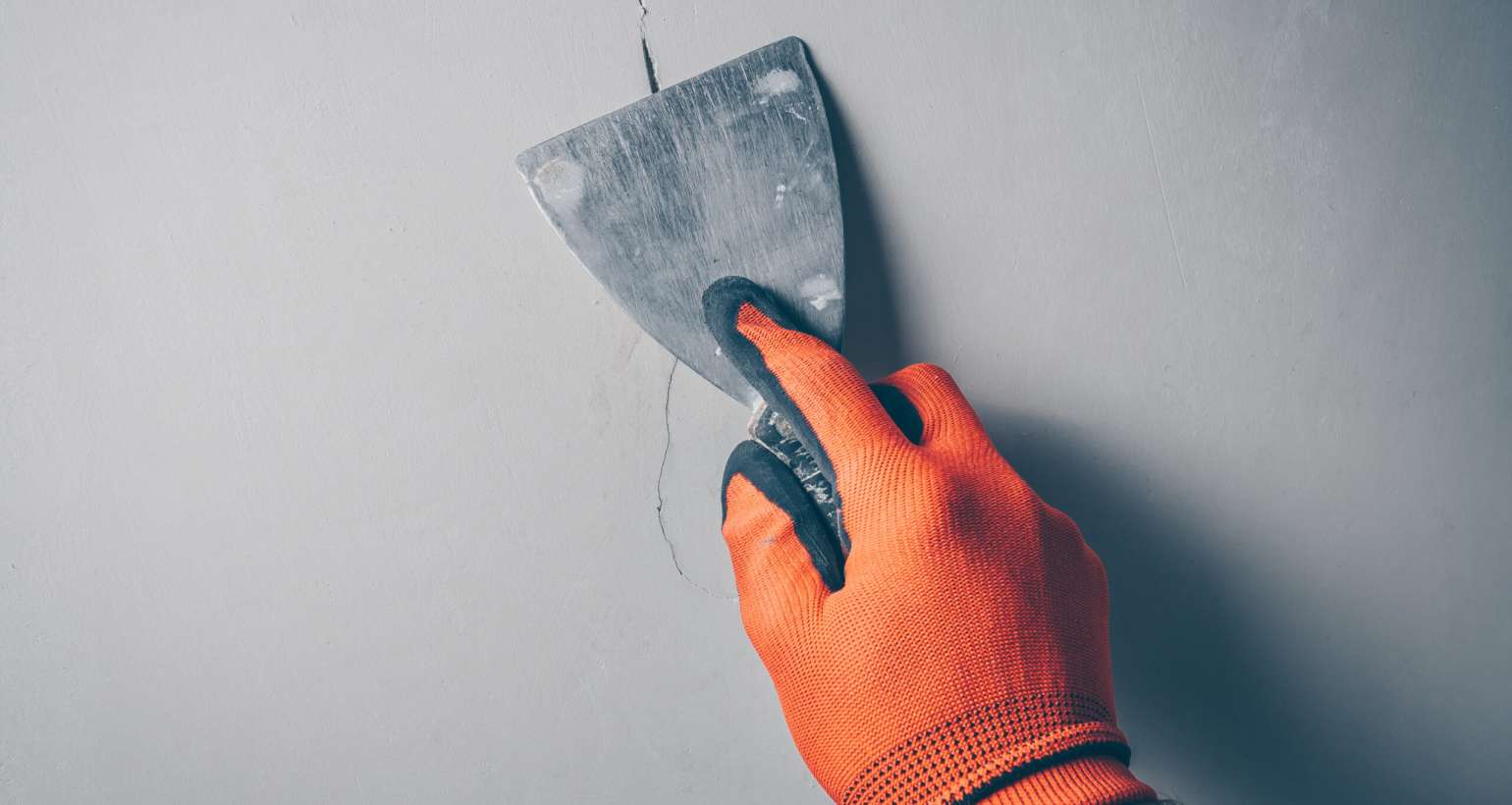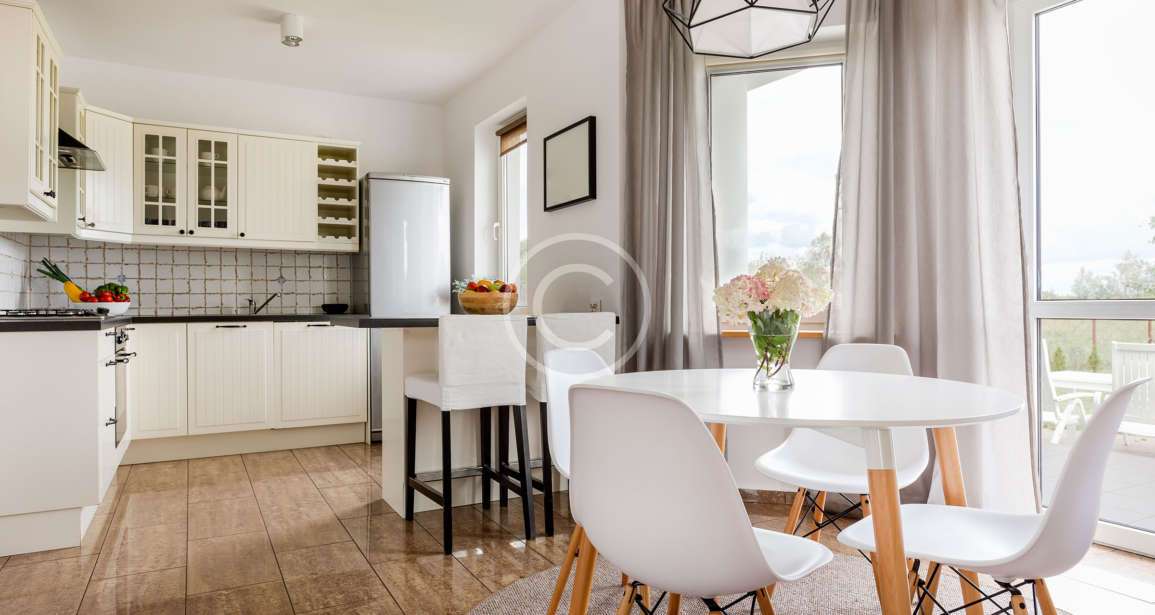It is something that happens to most building owners. You wake up one morning only to find a crack in a wall that used to be perfectly smooth. These deep and dark cracks can be quite alarming because they could signify serious problems like structural issues.
A crack also means that you will need to call for the help of professionals because these types of wall damage will only keep getting deeper and more unattractive as time goes on.
While you are dealing with annoying cracks, you might wonder what the cause of these types of damages might be. Let’s take a look at the most common reasons for your walls to crack.
Settling
Settlement cracks are pretty common in new buildings. These wall cracks can be caused when the foundation starts to settle. This causes some stress on the walls and cracks can start to appear. These types of wall cracks tend to form vertical spiderweb patterns in the corners of a building.
If the cracks are particularly large, it usually means that there was quite a large settlement shift in the building foundation or surrounding soil. If this happens, you might notice a horizontal crack forming in your wall. With these extreme cracks, it might be necessary to contact a building contractor.
Settlement cracks are usually repaired by removing the baseboards and caulking up or patching up all the cracks from the inside. Sealants can also be applied to create a waterproof finish.
Shrinkage
Shrinkage cracks are some of the most common types you will notice in buildings. These types of cracks are usually formed when the plaster of new walls dries out. As the plaster dries, it retracts to form cracks. The cracks can vary from hairline to large and often have a zig-zag pattern.
Shrinkage cracks are usually repaired by smoothing the edges and filling out the cracks with a sealer.
Temperature
Thermal cracks are usually caused by temperature changes. Building materials can expand when it is hot and contract when the temperature starts to drop. If there is a significant difference between day and night temperatures, it can result in cracks. These types of cracks are most likely to occur around windows and doors.
Thermal cracks are usually repaired by removing loose material and filling out the gaps with a plaster or concrete-like material. The exterior is then coated with a more flexible paint type that can help prevent future cracking.
Vibrations
Building walls can also start to crack because of vibrations. These vibrations might be the result of an earthquake, earth tremors, heavy traffic, or construction processes. Vibration cracks are most likely to occur in the corners of a building or toward the upper part of the wall.
Vibration cracks are mostly repaired by filling the cracks with drywall compound or a type of epoxy filler. Once smoothed, the wall will need to be repainted to create a smooth and seamless finish.
Water Damage
The materials of buildings can become weak if it is constantly exposed to moisture. Wall materials will become weak over time and the expansion and contraction caused by frequent moisture can cause cracks to form in these weakened parts.
It isn’t much fun to see cracks appear all over your walls but the good news is that these types of wall damages can be restored. At We Fix Walls, we specialize in wall restoration services and can get any type of wall crack fully restored for you. We will also help you identify the cause of the crack so you will know when to call a building contractor for some foundation repairs.




